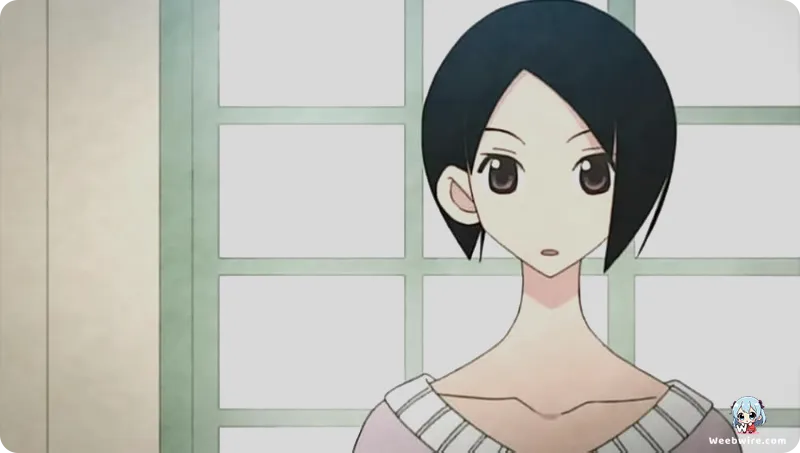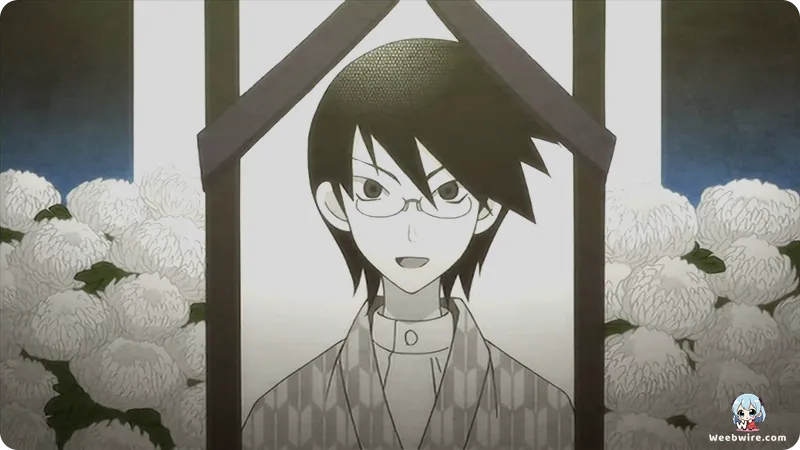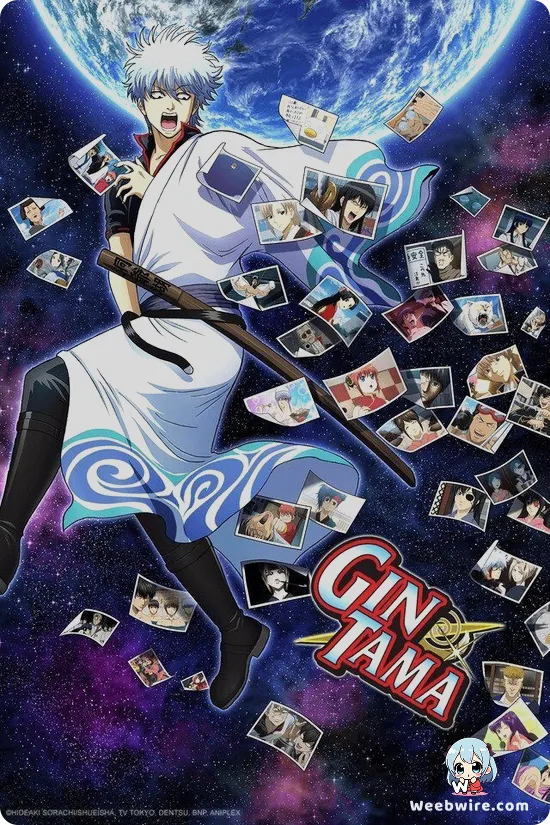Unveiling the Genius of Despair: Why Sayonara, Zetsubou-Sensei Remains a Satirical Masterpiece

Dive into the brilliantly cynical universe of Sayonara, Zetsubou-Sensei, an anime that transcends conventional comedy to deliver profound social commentary, leaving an unforgettable impression on all who venture into its depths. Far from a typical laugh-out-loud series, this Shaft-produced marvel, adapted from Koji Kumeta's acclaimed manga, is a treasure trove of intricate cultural references, ingenious meta-humor, and audacious artistic choices that demand a closer look beyond its initial absurdity. It is a series crafted for the discerning viewer, one who cherishes intellectual wit and a razor-sharp critique of contemporary society, all presented within a framework of stunning, often unsettling, animation.
The Visionary Creator: Koji Kumeta
At the core of this comedic tour de force is its visionary creator, Koji Kumeta, a mangaka celebrated for his distinct visual style and his incisive, frequently self-deprecating, humor. Kumeta's previous work, Katteni Kaizou, laid the essential groundwork for the lightning-fast comedic timing and cascade of cultural allusions that define Zetsubou-Sensei. His unparalleled ability to interweave complex societal critiques into seemingly straightforward gag manga panels makes his creations a challenging yet immensely gratifying experience. Known for his reclusive nature and a penchant for incorporating meta-commentary about the manga industry itself, Kumeta blurs the lines between fiction and reality in a truly captivating manner. This self-awareness permeates Sayonara, Zetsubou-Sensei, where characters often reflect on their own existence as fictional creations or dissect current anime trends.
Studio Shaft's Artistic Touch
What truly elevates Sayonara, Zetsubou-Sensei from a solid manga adaptation to an iconic anime is the unmistakable artistry of Studio Shaft. Renowned for their experimental animation techniques and avant-garde visual storytelling, Shaft masterfully transformed Kumeta's already unique manga into a visually arresting spectacle. Their signature 'Shaft head tilt' became synonymous with the series, a recurring visual motif that amplified the characters' inherent eccentricities. Beyond this stylistic flourish, Shaft utilized abstract backgrounds, surreal imagery, and often jarring transitions to perfectly complement the anime's overarching themes of despair, anxiety, and societal absurdity. The studio's courageous willingness to experiment with perspective, vibrant color palettes, and even character movement forged a dreamlike, occasionally nightmarish, atmosphere that perfectly encapsulated the cynical worldview of the protagonist, Nozomu Itoshiki. This seamless synergy between Kumeta's writing and Shaft's direction stands as a prime example of an anime adaptation that not only replicates but profoundly enhances its source material.

Nozomu Itoshiki: The Despair Sensei
Nozomu Itoshiki, the eponymous 'Despair Sensei,' is arguably one of anime's most memorable and ironically inspiring figures. His name itself is a clever linguistic pun: when written horizontally, it strikingly resembles the Japanese word 'zetsubou,' meaning 'despair.' Itoshiki is a perpetually pessimistic high school teacher who perceives the bleakest outcome in every situation and frequently attempts suicide, only to be comically thwarted. His dramatic flair and constant pronouncements of gloom are not merely for comedic effect; they serve as a potent lens through which the series satirizes myriad societal issues, from political scandals and economic struggles to the intricacies of internet culture and pervasive personal anxieties. Despite his perpetual state of despondency, Itoshiki inadvertently becomes a unique mentor to his equally eccentric students, each embodying a distinct facet of modern Japanese society's quirks and neuroses. His interactions with this colorful ensemble frequently lead to profound, albeit darkly humorous, observations about the human condition.
Satire and Meta-Commentary
The series stands as a masterclass in satire and meta-commentary. It relentlessly critiques modern Japanese society, delving into topics such as consumerism, political correctness, censorship, the education system, and the often-absurd nature of human interaction. The humor frequently springs from the exaggeration of everyday anxieties and the deconstruction of common tropes. Sayonara, Zetsubou-Sensei regularly breaks the fourth wall, directly addressing the audience, commenting on its own production, or referencing other popular anime and manga. This profound self-awareness renders the series incredibly intelligent and dynamic, constantly inviting viewers to engage with its intricate, layered meanings. It is a show that richly rewards attentive viewing, as many of its jokes and critiques are subtly embedded within its complex narrative fabric.
Cultural Nuances and References
One of the most captivating aspects of Sayonara, Zetsubou-Sensei is its dense tapestry of cultural nuances and obscure references. Each episode is a veritable encyclopedia of Japanese popular culture, historical events, political figures, and intricate linguistic puns. For non-Japanese audiences, appreciating the full spectrum of its humor often necessitates extensive cultural notes, making it a series that actively encourages deeper research and multiple re-watches. This richness of detail is not merely ornamental; it is integral to the series' satirical punch, allowing it to comment on specific, timely issues within Japanese society in a manner that is both clever and impactful. The series bravely tackles controversial topics, presenting them through a darkly comedic filter that compels viewers to confront uncomfortable truths.
Enduring Legacy of Despair
Ultimately, Sayonara, Zetsubou-Sensei endures as a cult classic due to its unparalleled blend of dark comedy, intellectual satire, and groundbreaking experimental animation. It is a series that challenges its audience, inviting them to contemplate the inherent absurdities of life through the eyes of its perpetually despairing protagonist. Its lasting legacy lies in its remarkable ability to remain relevant, as many of the societal critiques it presented years ago continue to resonate powerfully today. For enthusiasts of unconventional storytelling and razor-sharp wit, this anime remains an essential and endlessly fascinating watch, conclusively proving that even despair can be profoundly entertaining.
Credits
Sayonara, Zetsubou-Sensei
Author
Koji Kumeta
Cover Art
Koji Kumeta
Studio
Shaft
Publisher
Kodansha
Producers





